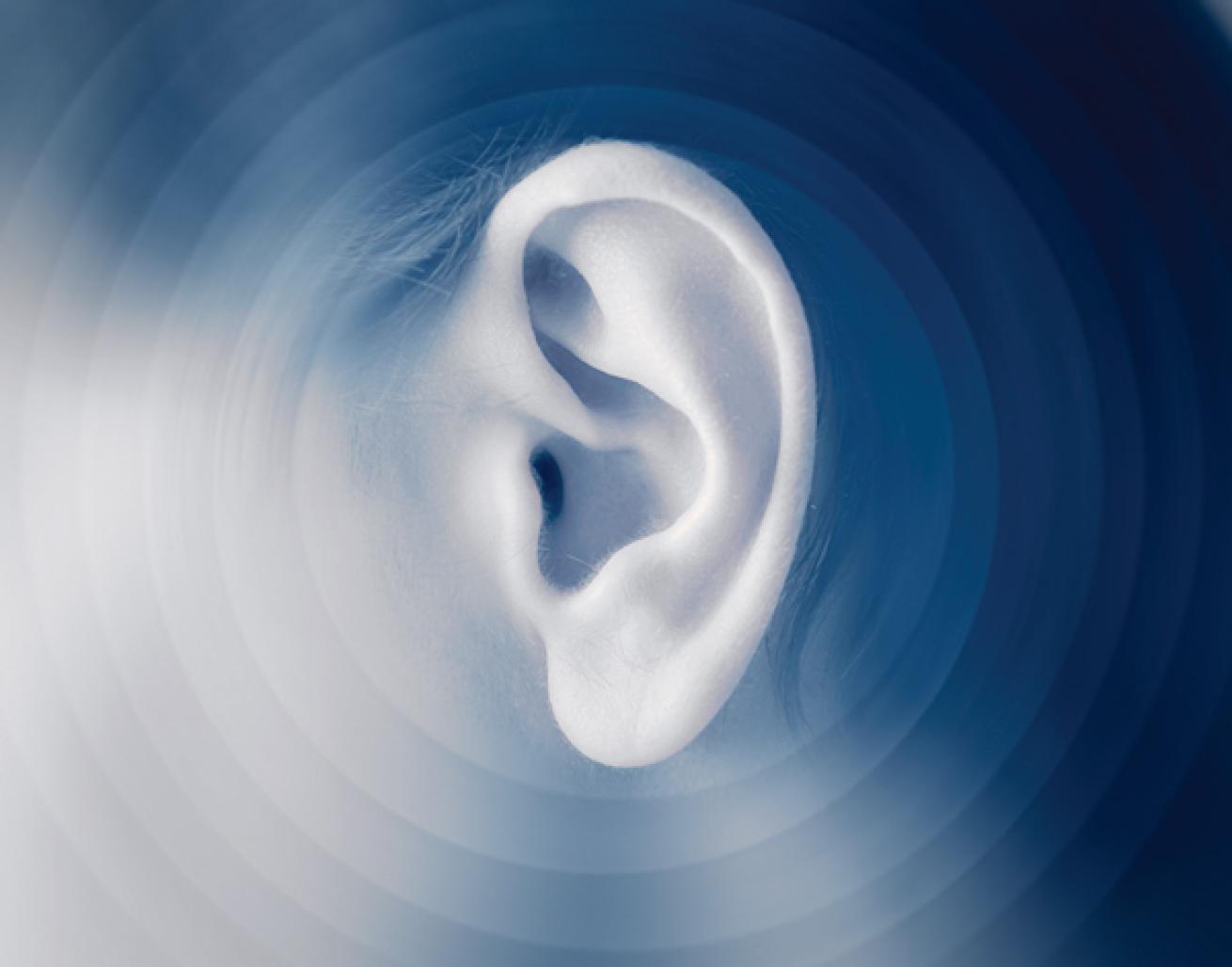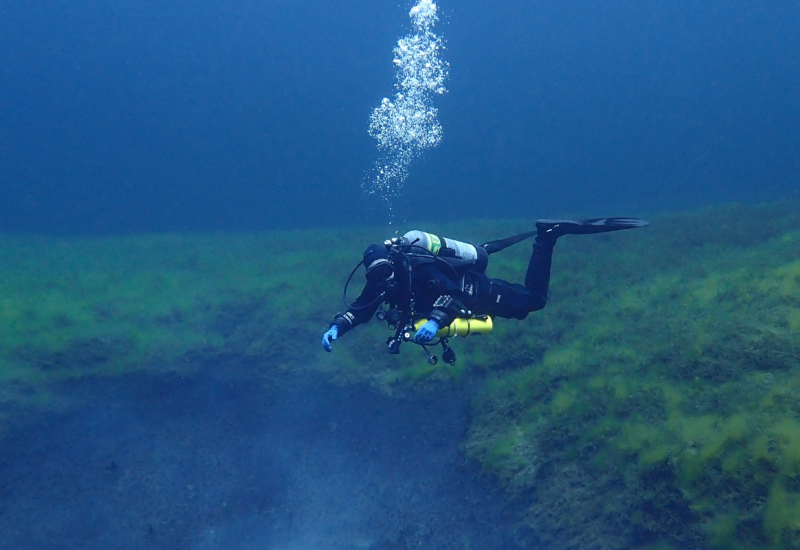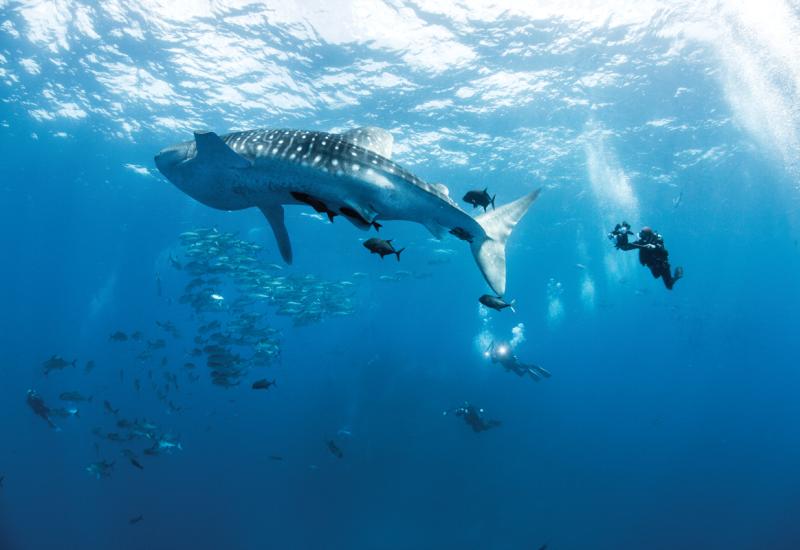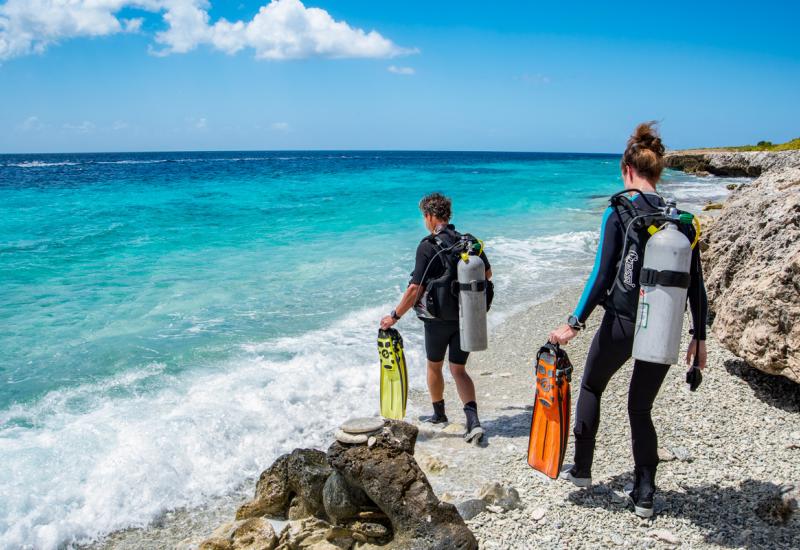Dive Training: Tips for Clearing Your Ears

Seven tips for happy ears.
Shutterstock
1) Change It Up
Many divers use one technique to equalize — the Valsalva, or “pinching and blowing.” But this doesn’t always work. Learning multiple techniques will improve your result: the Toynbee, where you swallow while pinching your nostrils; the Lowry, which combines the Toynbee and Valsalva (a gentle pinched-nose-blowing while swallowing); Voluntary Tubal Opening (tensing the muscles of the soft palate and throat while pushing the jaw forward, side-to-side and down); the Frenzel (clenching the jaw tightly while pressing the tongue against the soft palate); and the Edmonds, a combination of the “yawn” with the Valsalva.
2) No Pressure
If you experience difficulty equalizing using the range of methods listed above, do not blow harder. Blowing hard against pinched nostrils might rupture the membrane between your middle and inner ear, which can result in inner-ear barotrauma. It is better to terminate a dive than risk permanent injury — sitting out a dive might help you equalize on the next one.
3) Early and Often
Start equalizing before you have any pressure in your ears, just as you dip below the surface of the water. If you wait until you feel a pressure change to equalize, the Eustachian tubes might have already collapsed, which can make it difficult or impossible to equalize without ascending.
4) Don’t Do That
Cleaning your ears with cotton swabs can lead to infections — “cleaning” can remove some or all of the natural cerumen (earwax) that our bodies produce to protect ear tissue.
5) Removing Water
Resist the temptation to stick anything in your ears — try shaking your head, lying on your side or using a hair dryer on cool. Remove any remaining water using a dropper containing a mixture of 50 percent white vinegar (acetic acid) and 50 percent rubbing alcohol. The combination will kill many types of organisms, while the alcohol will act as a drying agent.
6) Prevent Infection
If you plan to dive three to five times a day, such as on a live-aboard, you can use the solution mentioned above before and after each dive. Make sure you are allowing the solution to remain in the ear canal for five minutes before draining (standard procedure with U.S. Navy saturation divers).
7) Heads Up
Studies show that most equalization techniques are more effective when you descend feet first.

Shutterstock
1) Change It Up
Many divers use one technique to equalize — the Valsalva, or “pinching and blowing.” But this doesn’t always work. Learning multiple techniques will improve your result: the Toynbee, where you swallow while pinching your nostrils; the Lowry, which combines the Toynbee and Valsalva (a gentle pinched-nose-blowing while swallowing); Voluntary Tubal Opening (tensing the muscles of the soft palate and throat while pushing the jaw forward, side-to-side and down); the Frenzel (clenching the jaw tightly while pressing the tongue against the soft palate); and the Edmonds, a combination of the “yawn” with the Valsalva.
2) No Pressure
If you experience difficulty equalizing using the range of methods listed above, do not blow harder. Blowing hard against pinched nostrils might rupture the membrane between your middle and inner ear, which can result in inner-ear barotrauma. It is better to terminate a dive than risk permanent injury — sitting out a dive might help you equalize on the next one.
3) Early and Often
Start equalizing before you have any pressure in your ears, just as you dip below the surface of the water. If you wait until you feel a pressure change to equalize, the Eustachian tubes might have already collapsed, which can make it difficult or impossible to equalize without ascending.
4) Don’t Do That
Cleaning your ears with cotton swabs can lead to infections — “cleaning” can remove some or all of the natural cerumen (earwax) that our bodies produce to protect ear tissue.
5) Removing Water
Resist the temptation to stick anything in your ears — try shaking your head, lying on your side or using a hair dryer on cool. Remove any remaining water using a dropper containing a mixture of 50 percent white vinegar (acetic acid) and 50 percent rubbing alcohol. The combination will kill many types of organisms, while the alcohol will act as a drying agent.
6) Prevent Infection
If you plan to dive three to five times a day, such as on a live-aboard, you can use the solution mentioned above before and after each dive. Make sure you are allowing the solution to remain in the ear canal for five minutes before draining (standard procedure with U.S. Navy saturation divers).
7) Heads Up
Studies show that most equalization techniques are more effective when you descend feet first.










